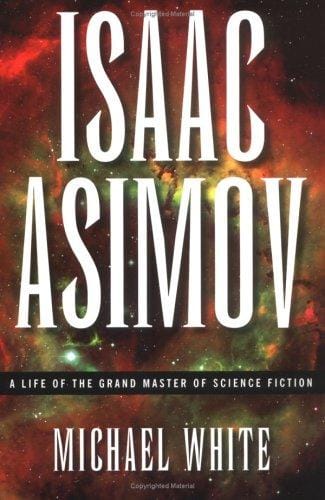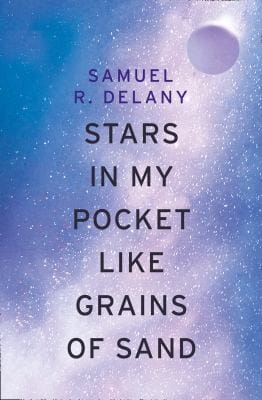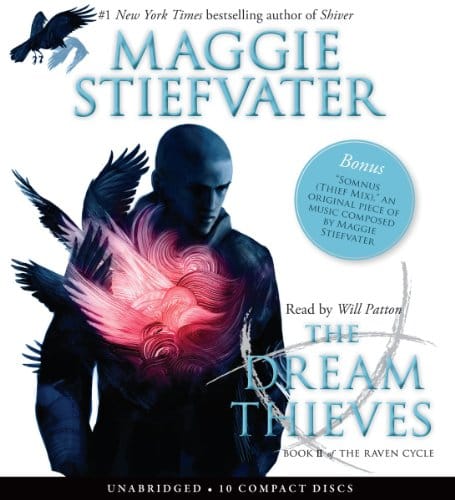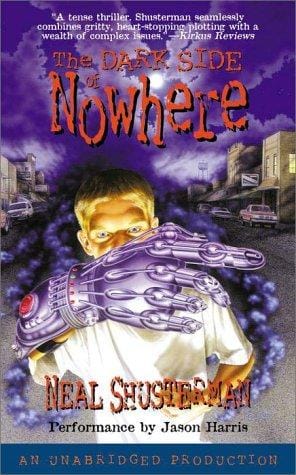Animorphs: A Deep Dive Into the 90s Shape-Shifting Phenomenon
Explore why K.A. Applegate’s 90s sci-fi saga Animorphs still captivates readers, from its shape-shifting science to its dark themes and enduring cultural impact.
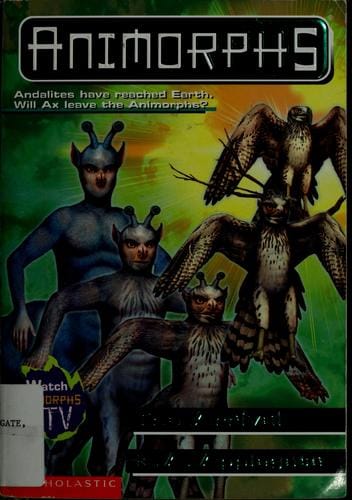
Introduction
Between 1996 and 2001, Scholastic released a monthly series that blended alien warfare, teen angst, environmentalism and body horror into a frenetic package called Animorphs. Written primarily by Katherine Applegate and Michael Grant under the pen name K. A. Applegate, the 54 core novels and assorted specials sold more than 35 million copies, spawning toys, a TV show, video games and one of the earliest online fandoms. Two decades later, the saga of five ordinary kids granted the power to morph into any animal they touch is enjoying a resurgence through graphic-novel adaptations and social-media nostalgia. This article explores what made—and still makes—Animorphs a cultural landmark.
The Premise: Teens, Aliens, and War
The opening book, The Invasion, wastes no time. Jake, Rachel, Cassie, Tobias and Marco cut through an abandoned construction site, meet a dying Andalite warrior prince named Elfangor, and inherit the most dangerous technology in the galaxy: the ability to re-shape their DNA. They soon learn that Earth is under covert assault by the parasitic Yeerks, slug-like aliens that crawl into human ears and seize total control. By limiting the cast to teenagers who must keep their identities secret, Applegate injects raw immediacy into an epic space opera. Every battle is fought after homework, every reconnaissance mission finishes before curfew, and every strategic failure might doom the planet.
Applegate weaponized cliff-hangers. Nearly every installment ends with a twist demanding the next volume. The result is serialized storytelling that anticipated binge culture long before streaming existed. Young readers devoured the books monthly, building a feedback loop of anticipation that remains a hallmark of the brand.
Meet the Animorphs
Each protagonist offers a distinct lens on heroism. Jake, the reluctant field commander, balances responsibility with crushing guilt. Rachel, the gymnast turned berserker, embodies the lure and cost of violence. Cassie, an empathetic animal lover, provides the moral compass yet grapples with decisions that betray her pacifism. Marco supplies comic relief while confronting personal stakes—his mother is the host body of the Yeerk Visser One. And Tobias, trapped in the morph of a red-tailed hawk, symbolizes the blurred line between human and animal identity.
The occasional appearance of Aximili-Esgarrouth-Isthill—Ax, for short—adds an outsider’s view. An Andalite adolescent stranded on Earth, Ax explains alien technology and politics, giving readers deeper access to the interstellar stakes. The rotating first-person narration, a signature device of the series, ensures that every book refreshes its emotional palette and voice. This multiplicity keeps the narrative agile and invites readers to identify with different viewpoints.
The Science of Morphing
While the concept of shape-shifting is ancient, Animorphs grounds it in pseudo-science detailed enough to feel plausible. Upon touching an animal, an Animorph acquires a biological DNA signature stored in an extradimensional space called Z-space. When they morph, their human mass is replaced by the animal form, with excess matter shunted temporarily into Z-space. A strict two-hour limit prevents permanent transformation, introducing constant tension. This rule famously traps Tobias in hawk form and later provides high-stakes plot turns for the entire team.
Applegate also embraces the visceral side of metamorphosis. Bones crack, organs slither, feathers burst from skin—descriptions that flirt with body horror but serve an important narrative function: reminding readers that war is messy, painful and never sanitized.
Themes That Resonate
Despite the sci-fi trappings, the series tackles ethical dilemmas seldom found in children’s literature of the era. Consent is foregrounded through the Yeerk occupation metaphor, while environmental stewardship flows naturally from animal-focused powers. The protagonists wrestle with PTSD, leadership fatigue and the moral ambiguity of guerrilla warfare. Victories are often Pyrrhic. Innocents die. Heroes compromise.
Identity is another prevailing theme. Morphing allows characters to inhabit predator and prey, male and female, terrestrial and aquatic forms. That fluidity invites questions about gender, ableism and speciesism in ways that still invite academic analysis. Reading Animorphs today, adults find subtext about bodily autonomy and trauma processing that once flew over their adolescent heads.
Cultural Impact in the 90s and Beyond
During its original run, Animorphs sat on bestseller shelves next to Goosebumps but offered richer serialization and social commentary. School book fairs turned those eerie, lenticular-covered paperbacks into status symbols. The Canadian-produced Nickelodeon TV adaptation (1998-1999) had a shoestring budget yet introduced the brand to millions more.
Online, the series fostered one of the earliest fanfiction communities, complete with ASCII art morph covers and exhaustive alien glossaries. Those same fans now dominate pop-culture podcasts, meme pages and TikTok essays, amplifying the property for a new generation. Hashtags like #AnimorphsReread generate lively debates about best morph sequences and the bleakest endings.
The Legacy of K.A. Applegate
Katherine Applegate’s post-Animorphs career includes the Newbery Medal-winning The One and Only Ivan, but she and Grant remain closely linked to their teenage shapeshifters. By blending accessible prose with uncompromising themes, they proved children’s literature could stare down darkness without sacrificing excitement. Many contemporary YA authors—from Veronica Roth to Neal Shusterman—cite Animorphs as a foundational influence.
The authors also pioneered transparency, publishing letters that addressed reader concerns about violence, pacing and even ghostwriters. This open dialogue cemented trust and cultivated lifelong fans.
Adaptations and the Franchise Future
In 2020, Scholastic and artist Chris Grine began releasing full-color graphic novels that condense the original text while updating dialogue for modern sensibilities. A movie adaptation is reportedly in development at Picturestart, with Applegate and Grant attached as producers. Advances in CGI promise to realize visceral morph sequences that the 90s television budget could never achieve.
Licensing opportunities also extend to video games and augmented-reality experiences. Imagine a mobile app that overlays Andalite tails and hawk wings onto users in real time, or an open-world RPG where players swap DNA on the fly. With nostalgia-driven reboots dominating Hollywood, Animorphs appears poised for a mainstream revival.
Why Animorphs Still Matters Today
At its core, Animorphs is the story of young people facing an overwhelming crisis with limited resources and no guarantee of victory—a narrative that resonates in an era of climate anxiety and social upheaval. Its unflinching honesty, relentless pacing and surprisingly mature philosophy make it more than a relic; it is a mirror reflecting the timeless struggles of adolescence and the moral complexity of resistance.
